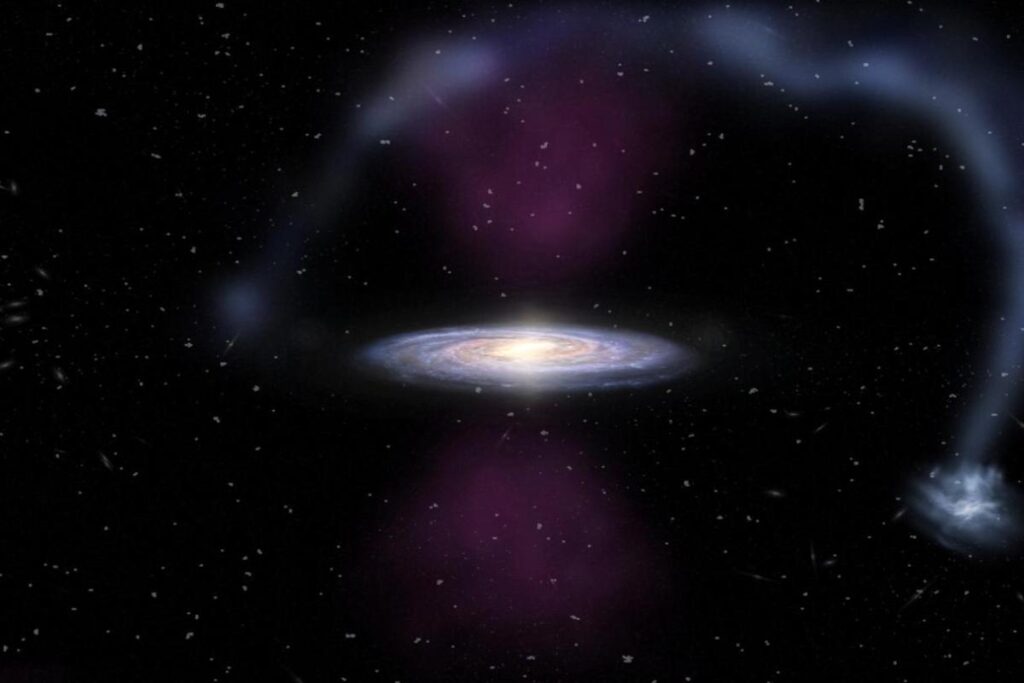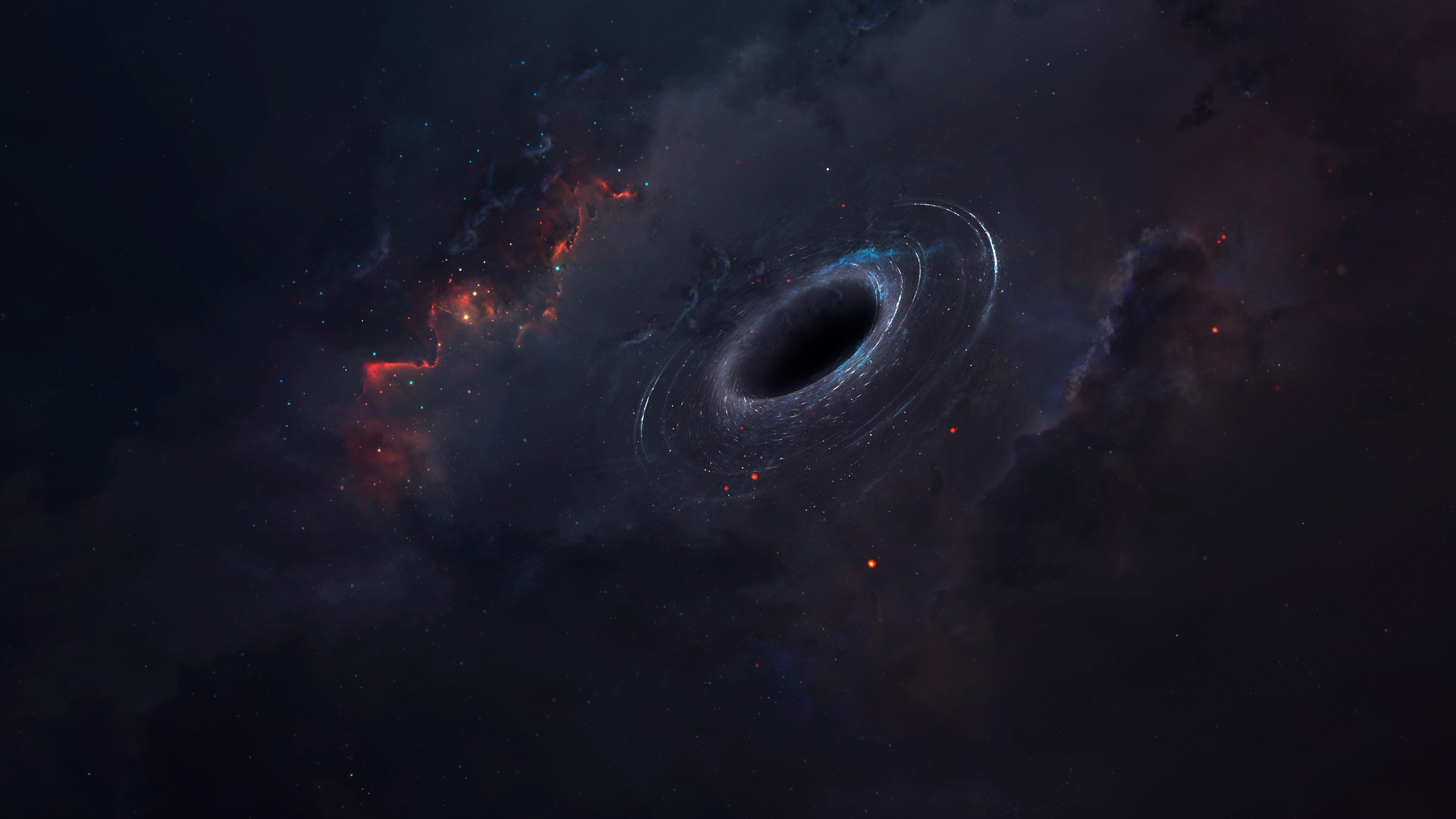
Such an object may not alter the orbit of SO-2 in a way we can easily measure. If there was such a companion, then I and my colleagues would have detected its effects on the orbit of SO-2.īut that doesn't mean that a smaller companion black hole cannot still hide there.

Using a well-studied star, called S0-2, which orbits the supermassive black hole that lies at the center of the galaxy every 16 years, we can already rule out the idea that there is a second supermassive black hole with mass above 100,000 times the mass of the Sun and farther than about 200 times the distance between the Sun and the Earth. Astrophysicists like my colleagues and me can compare our predictions to observations, and then can determine the possible orbits of stars and figure out whether the supermassive black hole has a companion that is exerting gravitational influence.

Using our understanding of the gravitational interaction between the possible supermassive black hole pair and the surrounding stars, astronomers can predict what will happen to stars. The gravitational forces from the black holes pull on these stars and make them change their orbit in other words, after one revolution around the supermassive black hole pair, a star will not go exactly back to the point at which it began. The two supermassive black holes are orbiting each other, and at the same time, each is exerting its own pull on the stars around it. The partners' gravitational tugs will also exert its own pull on the nearby stars disturbing their orbits. If indeed the supermassive black hole has a friend revolving around it in close orbit, the center of the galaxy is locked in a complex dance. A black hole that is more than a million times the mass of our son is considered supermassive. The black holes then collide and grow in size as well. Since galaxies evolve by merging and colliding with one another, collisions between galaxies will result in supermassive black hole pairs-the key part of this story. These black holes sank to the center of gravity, the heart of their host galaxy. Within these early galaxies the very first stars that died created black holes, of about tens to thousand the mass of the Sun. They were much smaller than today's galaxies, about 10,000 or more times less massive than the Milky Way. To understand this idea, we need to go back to when the universe was about 100 million years old, to the era of the very first galaxies. It has a mass of about 4 million times that of our Sun. One popular idea connects to the possibility that supermassive holes have friends.Īt the center of our galaxy is a supermassive black hole in the region known as Sagittarius A. Astronomers are still studying why the heart of galaxies often hosts a supermassive black hole. Supermassive black holes and their friendsĪlmost every galaxy, including our Milky Way, has a supermassive black hole at its heart, with masses of millions to billions of times the mass of the Sun. Based on what we've seen, my colleagues and I show that if there is a friend there, it might be a second black hole nearby that is at least 100,000 times the mass of the Sun. For more than 20 years, scientists have been monitoring the orbits of these stars around the supermassive black hole.

Precise measurements of the orbits of these stars allowed astronomers to confirm the existence of this supermassive black hole and to measure its mass. Surrounding Sgr A* is a dense cluster of stars. A black hole is a place in space where gravity is so strong that neither particles or light can escape from it. The supermassive black hole that lurks at the center of our galaxy, called Sgr A*, has a mass of about 4 million times that of our Sun. Black holes are intriguing systems, and supermassive black holes and the dense stellar environments that surround them represent one of the most extreme places in our universe. I am an astrophysicist and am interested in a wide range of theoretical problems in astrophysics, from the formation of the very first galaxies to the gravitational interactions of black holes, stars and even planets.


 0 kommentar(er)
0 kommentar(er)
